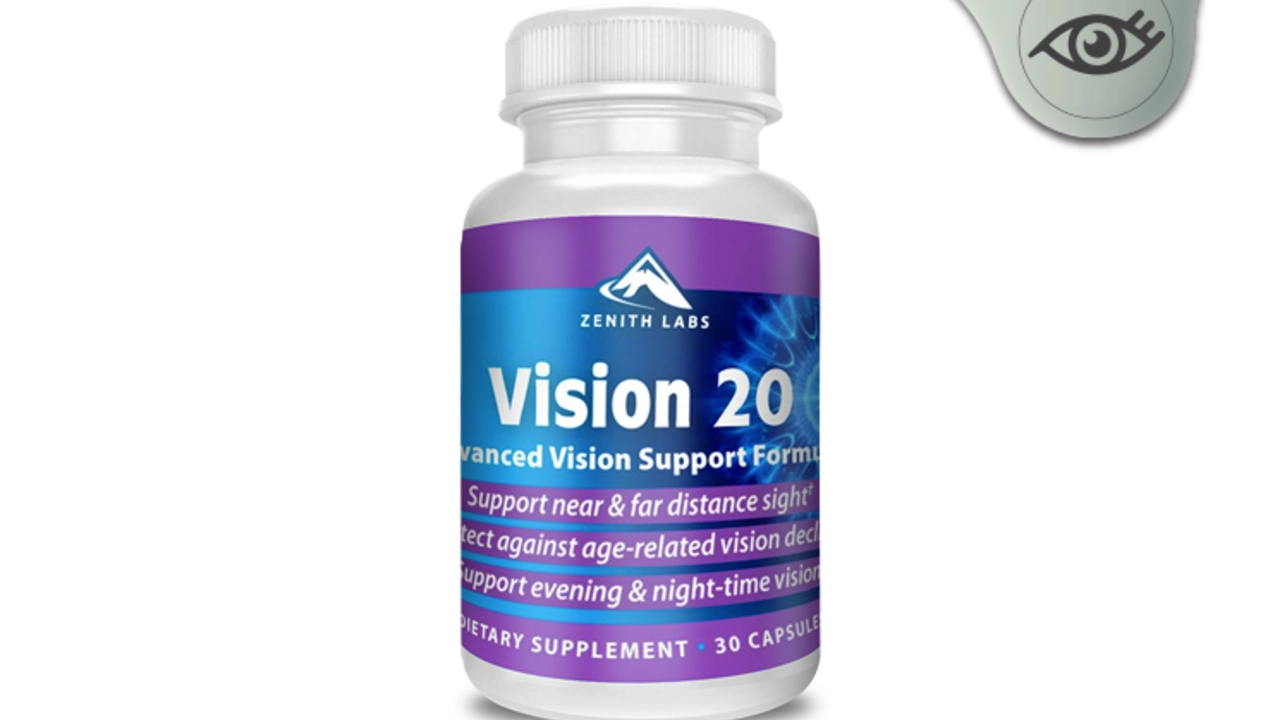Purple Nut Sedge Supplement: What It Is and How People Use It
Purple nut sedge (also called nutgrass or Cyperus rotundus) looks like a stubborn garden weed, but some companies sell its root as a supplement. People take it in teas, powders, capsules, or extracts for digestion, mild inflammation, or general wellness. The problem: traditional use and small studies exist, but strong clinical proof is limited. That means it's worth knowing the facts before you buy.
What the supplement contains and common forms
The supplement usually comes from the dried tubers of the plant. You’ll find whole-root powder, standardized extracts, and ready-made capsules. Standardized extracts list a percent of specific compounds (like essential oils or flavonoids). If you want consistent dosing, pick a standardized extract or a product with third-party testing.
Typical uses people report include easing mild stomach upset, supporting digestion, or using it as part of traditional herbal blends. Manufacturers sometimes market it for weight control or metabolic support, but those claims aren’t backed by large, reliable human trials.
Safety, side effects, and who should avoid it
Side effects are usually mild when reported: stomach upset or mild allergic reactions. Because formal safety studies are limited, be cautious if you have chronic health issues. Don’t take purple nut sedge if you’re pregnant or breastfeeding unless your doctor okays it. If you use blood thinners, diabetes meds, or have liver disease, check with your healthcare provider — herbal compounds can interact with drugs.
Start with the lowest recommended dose on the label and watch for any changes over 1–2 weeks. Stop and talk to a clinician if you notice rash, stomach pain, dizziness, or any new symptoms.
Storage is simple: keep it in a cool, dry place away from direct sunlight. Powdered forms can clump if humid; sealed capsules tend to last longer.
How to take it? Follow the product directions. Powders mix into water or smoothies, but bitter taste is common. Capsules remove taste issues and make dosing easier. Avoid mixing multiple herbal formulas unless you know what’s inside each one.
When choosing a product, look for brands that list batch numbers, use third-party testing (like USP, NSF, or independent labs), and provide clear ingredient lists. Avoid vague labels like “herbal blend” without amounts. Read user reviews for real-world experience, but weigh those alongside product transparency.
Finally, keep expectations realistic. Traditional herbal use can be helpful for some people, but it’s not a magic cure. If you’re curious, talk with a pharmacist or clinician who knows herbal supplements. They can help you decide if trying purple nut sedge makes sense for your situation and suggest safe alternatives if needed.
Revolutionize Your Health with the Potent Purple Nut Sedge Supplement
In my latest health adventure, I've discovered this colorfully curious supplement – Purple Nut Sedge, as they call it. And let me tell you, it's not just a pretty face, this purple powerhouse is transforming my health routine! It's like finding the pot of gold at the end of the rainbow, except it's purple and doesn't give you cavities. Packed with antioxidants and a staggering array of health benefits, it's giving my body a tune-up it didn't even know it needed. So, if you're up for a health revolution, join me in turning purple, not with rage, but with Purple Nut Sedge!

